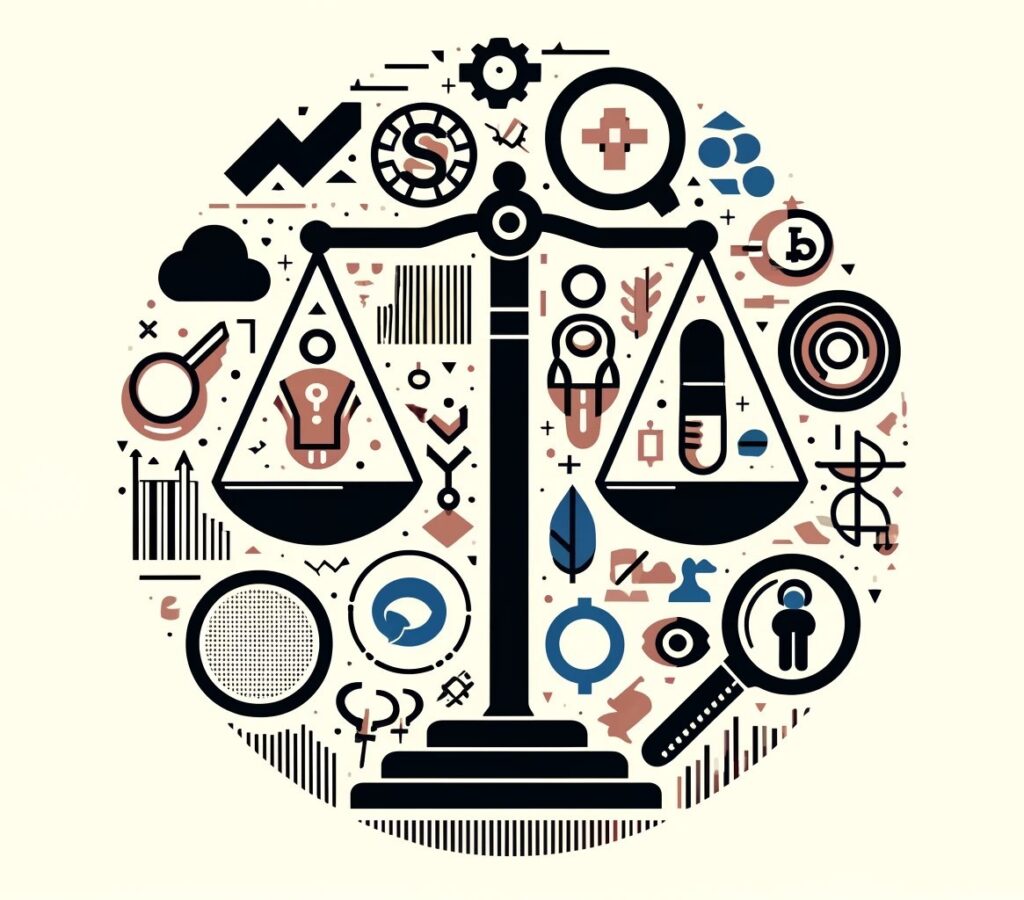The research on gender aspects of corruption was conducted in partnership between the United Nations Office on Drugs and Crime (UNODC) and the United Nations Entity for Gender Equality and the Empowerment of Women (UN Women). The goal was to provide insights that would serve as a foundation for creating gender-informed policies and measures aimed at preventing and combating corruption.
The aim of the research is to provide an accurate and reliable picture of the gender aspects of corruption, namely gender differences and specifics regarding participation in corruption activities, exposure to corruption, effects, and consequences on women, men, and groups of other gender identities, as well as on gender equality. For the purposes of this research, the same methodology was used as in the 2010 corruption study, which was conducted by the Republic Statistical Office and supported by UNODC. The repeated cycle of research will, among other things, allow for the observation of changes and trends over a period of 10 years.
The study consists of three components: an analysis of the normative, institutional framework, and policies; a survey conducted on a sample representative of the total population of Serbia (1600 respondents); and qualitative research about the experiences, opinions, and recommendations of citizens, experts, activists, and government institution representatives. The analytical framework, methodology, and data analysis were conducted by SeConS – Development Initiative Group, the field survey was carried out by the Center for Free Elections and Democracy (CeSID).

